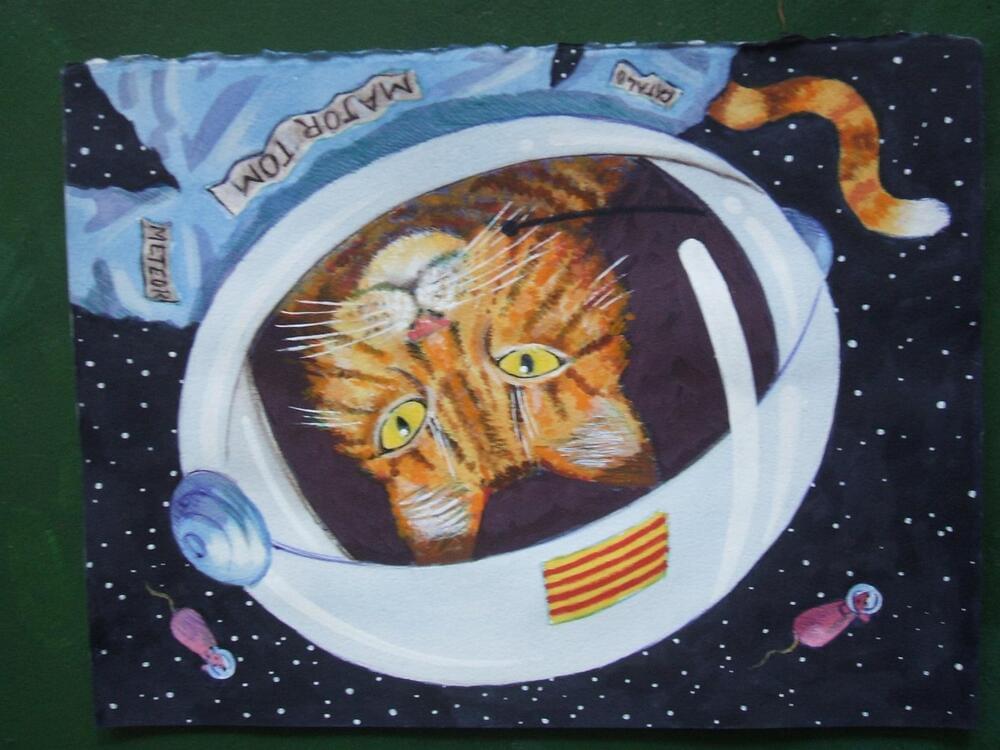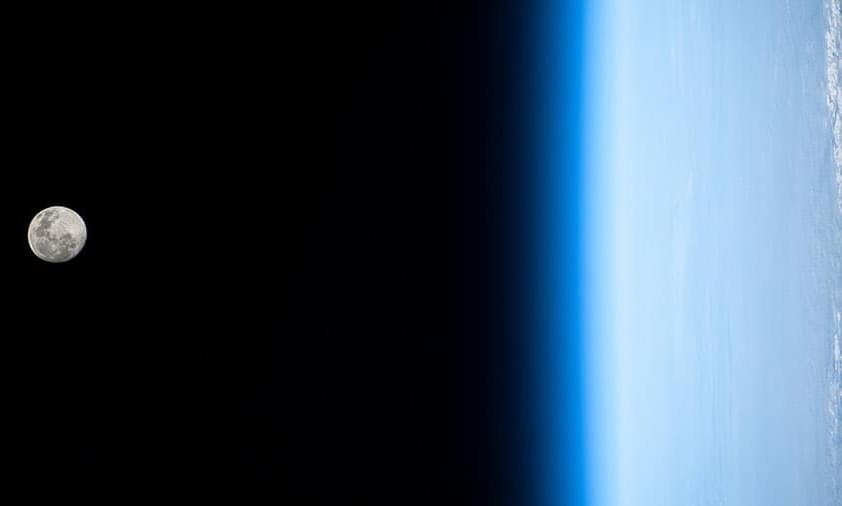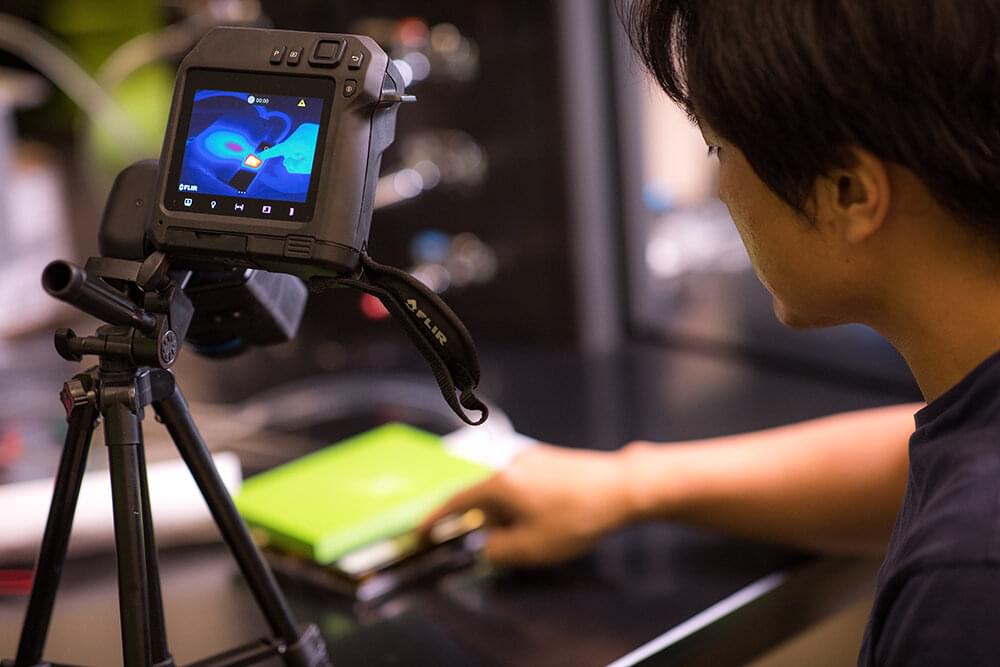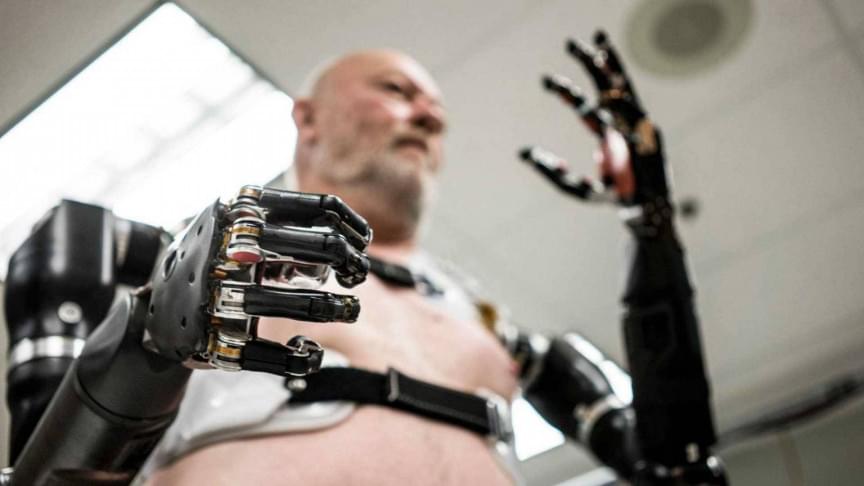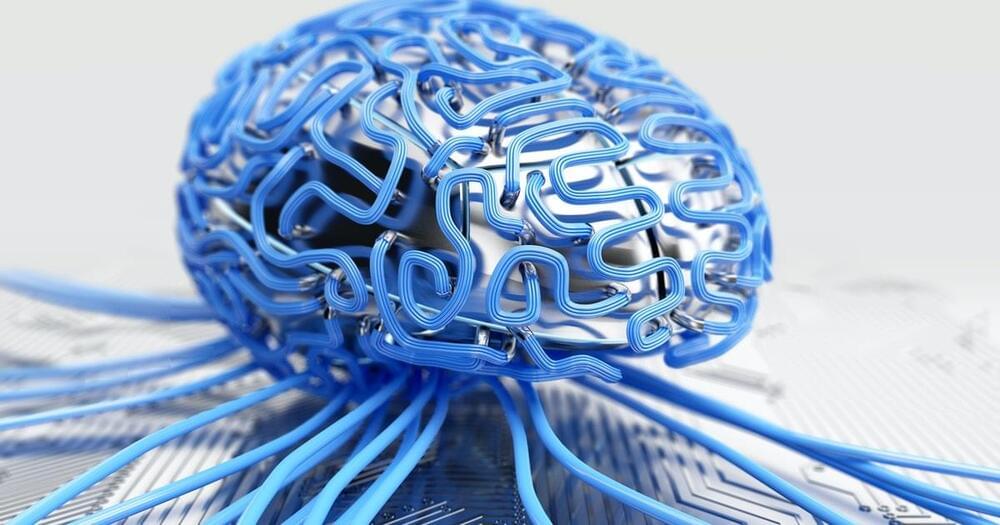Guess where he’s from~ the clue is in the helmet.
Two NASA astronauts are assembling gear today they will install on the International Space Station during an upcoming spacewalk. The rest of the Expedition 66 crew focused on life science, space physics gear, and orbital maintenance.
NASA Flight Engineers Raja Chari and Kayla Barron began assembling modification kits today to ready the station’s truss structure for new roll-out solar arrays during the first spacewalk. The roll-out solar arrays will be delivered on an upcoming SpaceX Cargo Dragon mission and installed at a later date. The duo will set their U.S. spacesuits to battery power at 7:50 a.m. on March 15, signifying the beginning of their planned six-and-a-half-hour spacewalk. The second spacewalk on March 23 will see more roll-out solar array preparations by two yet to be named astronauts.
Roll-out solar array technology will not only augment the space station’s existing solar arrays and power system, they will also be used to power the Lunar Gateway. Gateway is a space station developed by NASA, the Canadian Space Agency, ESA (European Space Agency), and the Japan Aerospace Exploration Agency that will orbit the Moon and will serve as a hub for crew visiting the lunar surface and beyond. Gateway will enable new scientific investigations in the cis-lunar environment during crewed and uncrewed periods.
Have not heard from Dr West in awhile. Two things stood out in this technical hour: Telomerase in gene therapy has never been properly developed, and their iTR technology has not had animal trials as they wait for funding.
In this #webinar, Dr Michael West, a bioentrepreneur and CEO of AgeX Therapeutics, discussed the work of AgeX Therapeutics, their mission and plan to extend human health and longevity, and exciting new #technologies that could combat #ageing and unlock cellular immortality.
Register for upcoming #HealthyLongevity #webinar sessions at https://nus-sg.zoom.us/webinar/register/3016397215018/WN__sypkX6ZSomc7cGAkK3LbA
#NUSMedicine #webinarseries
References:
- Closing video source: https://www.youtube.com/watch?v=yoJ6LRCkNb0
Disclaimer: The opinions and advice expressed in this webinar are those of the speakers and do not represent the views and opinions of the organizers and National University of Singapore or any of its subsidiaries or affiliates. The information provided in this webinar is for general information purposes only as part of a general discussion on public health. The information is not intended to be a substitute for professional medical advice, diagnoses or treatment; and cannot be relied on in place of consultation with your licensed healthcare provider.
Our new US2QC program aims to determine if an underexplored approach to quantum computing is capable of achieving operation much faster than conventional predictions. https://ow.ly/ABgY50I1qEq
“It might look disconcerting to see a @LockheedMartin Martin @Sikorsky Black Hawk helicopter flying itself…but, don’t worry, we’ve got this! DARPA’s ALIAS technology just enabled the first ever flight of this iconic chopper…with nobody onboard. https://www.darpa.mil/news-events/2022-02-08
It might look disconcerting to see a @LockheedMartin Martin @Sikorsky Black Hawk helicopter flying itself…but, don’t worry, we’ve got this! DARPA’s ALIAS technology just enabled the first ever flight of this iconic chopper…with nobody onboard. https://t.co/El9GkznLmw pic.twitter.com/TvxrmHQVLH
— DARPA (@DARPA) February 8, 2022
High-fidelity touch has the potential to significantly expand the scope of what we expect from computing devices, making new remote sensory experiences possible. The research on these advancements, led by a pair of researchers from the J. Mike Walker Department of Mechanical Engineering at Texas A&M University, could help touchscreens simulate virtual shapes.
Dr. Cynthia Hipwell is studying friction at the finger-device level, while Dr. Jonathan Felts is researching friction in the interaction between single skin cells and the glass of the touchscreen interface. The two are bringing together their respective areas of expertise to apply friction principles at the microscopic level to finger-device interaction mechanics.
Hipwell highlighted the significance of the pursuit by comparing it to the technologies currently available for conveying immersive and accurate information through high-fidelity audio and video.
